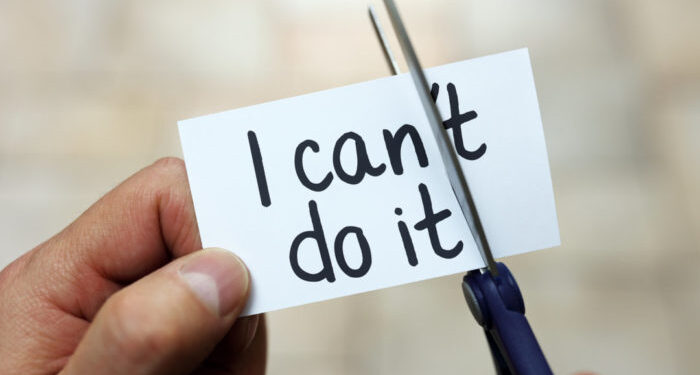27 Apr Developing Mental Resilience

By: Megan Jones
We all have faced hardships, difficulty, and inconveniences throughout our lives. From all the detriment of the pandemic, personal hardships, to everyday inconveniences such as getting cutoff on the highway, we all experience a negative change in our emotions. Some situations are easier to rise above and move forward, while others may affect our mental state for prolonged periods of time. However, regardless of the variability of the situation practicing resilience is not an easy task. In fact, most days I would say I personally lack resilience altogether. Challenging times give us the opportunity to become more mentally resilient. Steve Aguirre, a speaker for Real Fun Growth creates a guide on how to develop your mental resilience. Today, let’s bring ourselves to the forefront and learn how to develop and strengthen our mental resilience.
What is Resilience?
By definition, resilience is the capacity to recover quickly from difficulty, toughness.
Many of us may feel that we are mentally resilient and most of us do exhibit the first step in being resilient. In the face of us hardship many us are able to keep moving forward. However, in order to fit within the definition of being mentally resilient we have to recover from the hardship. But for the body to best recover from difficulty you have to be able to grow from the hardship.
Mental Resilience
Mental resilience is like a bell curve. In the face of hardship 100% of us will experience some level anxiety or depressive tendency. Five to ten percent of us may stay in this this depressive or anxious state. Eighty percent of us will bounce back and our life will go back to normal. However, only ten to fifteen percent experience post traumatic growth and come out of the adversity stronger.
It is the ten to fifteen percent of us who grow from the adversity that are practicing resilience.
It may seem daunting to bounce back quickly after a big negative life event. Today instead of focusing on the big events, let’s focus on our ability to address smaller situations small such as: road rage or impatience. These instances can be easier to practice and experience post traumatic growth and subsequently learn how to be mentally resilient. If we practice on our everyday difficulties, we are more likely to create habits of resilience that will help us through bigger life events.
How to be Resilient?
There are four main components to being resilient.
- Self-Awareness: the ability to pay attention to your thoughts, emotions, behaviors and physiological reactions.
- Self-Regulation: the ability to change one’s thoughts, emotions, behaviors and physiology in the service of a desired outcome.
- Mental Agility: the ability to look at situations from multiple perspectives and think creatively and practice flexibility.
- Optimism: the ability to notice and expect the positive, to focus on what you can control and take purposeful action.
How to Practice These Components?
- Self-Awareness: If you notice yourself starting to feel anxious or stressed, take a moment to reflect on what is causing it? Most of us may find stress in our past or future lives. Bring yourself to the present and what can you currently do to address the stressor. If it is in the past, what can you learn from it? If it is in the future, what current actions can you take to relieve the stressor?
- Self-Regulation: Activate your brain. Ask yourself questions about the situation. Try questions like: is this feeling serving me? What is in my control right now? How can I change my emotional state? What do I want instead of this problem? Then work through these questions. Stress comes from not acting over something you can control. Therefore, by asking yourself questions you begin to activate your brain to form a plan.
- Mental Agility: Begin by labeling the emotion you are feeling. When you label the emotion your brain switches from the reactive state. Once you have labeled an emotion you are more likely to think of a logical solution to get yourself out of the situation.
- Optimism: Now this may sound cheesy but create an alter ego of yourself. Who is that person and what traits do they possess? When you are in a negative mental state, ask yourself to become you alter-ego, the person that has the tools to practice mental resiliency.
Putting Mental Resilience into Practice
Being mentally resilient is a difficult thing to do. With practice it can become much easier. For example, in the early morning traffic when someone cuts you off you may instantly react and then hold on to the negative feeling and let it continue to affect your day until you forget about it. Even though this situation will most likely never get less frustrating, how you react and move forward can. When you feel that frustration, try taking a deep breath. You can practice gratitude, that although you got cutoff you didn’t get in an accident. Through instances like these, you are letting go, not allowing the frustration to harbor inside and practicing resilience.
With continued practice comes the opportunity to increase your mental resilience from smaller situations to larger ones and eventually you will be resiliently unstoppable!



